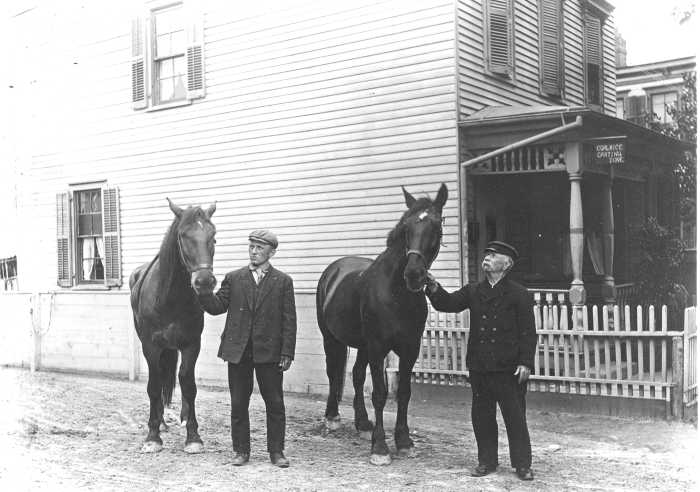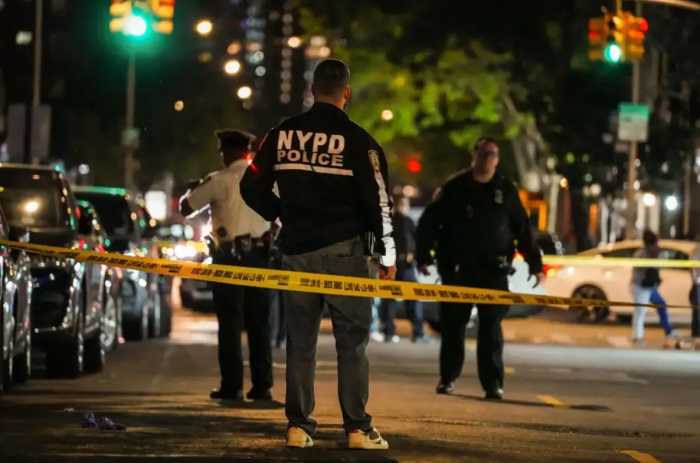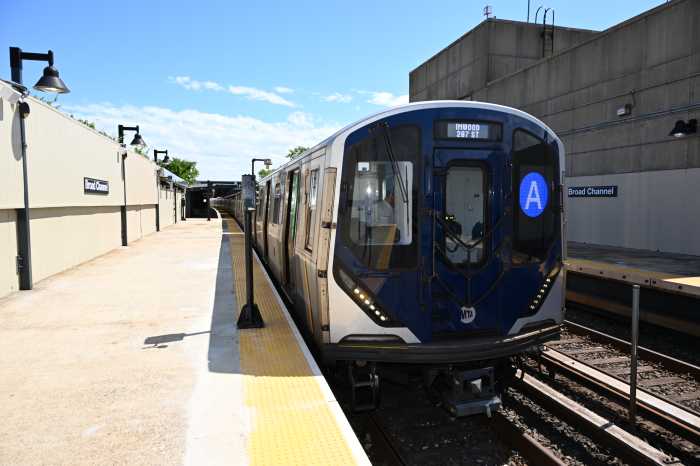By Juan Soto
Congressional lawmakers want the Federal Aviation Administration to lower its “outdated and disconnected” noise standards, a measure that would make thousands of Queens residents living around JFK and LaGuardia airports eligible for federal grants to install noise insulation in their homes.
Although no decision has been made as of yet, the FAA has been studying for the past four years the possibility of updating the jet noise metrics. The current 65 decibel day-night average sound level known as DNL was established in 1976.
“That DNL metric is outdated and disconnected from the real impact of air traffic noise,” U.S. Rep. Steve Israel (D-Melville) pointed out in a letter to Michael Huerta, FAA administrator. The missive was co-signed by U.S. Reps. Grace Meng (D-Flusing) and Mike Quigley (D-Illinois).
In the letter, the lawmakers asked the FAA to “expedite the ongoing four-year review of the 65 DNL metric and institute overdue and much needed changes.”
More than three decades ago, the legislators emphasized , air traffic was far lower than it is today, Israel said.
Thousands of residents from Bayside to Flushing to Rosedale are affected by the noise of jets flying in and out of the JFK and LaGuardia.
“Airplane noise is having a significant negative impact on the quality of life of too many of my constituents,” Israel said. “It should be lowered to a more reasonable standard of 55 decibel DNL.”
Meng said, “The constant barrage of airplane noise over my district continues to ruin the quality of life of my constituents.” Meng’s district included Bayside and Flushing, two of the areas affected by aircraft noise.
The congresswoman said the FAA “ignored” jet noise concerns from Queens residents living in airplanes flight paths.
“It’s time to take this fight to the national level and demand a lower DNL as the best approach to securing relief from the blistering airplane noise that has plagued our area for far too long,” Meng said.
Janet McEneaney, president of Queens Quiet Skies, an advocacy organization, said the United States is the only “developed country in the world to use the 65 DNL sound criterion instead of the 55 DNL standard.”
McEneaney said that “in a perfect world, we would like to see sound measured as we really experience it on the ground.”
She explained that because the FAA insists on using the DNL average, she would support the 55 DNL standard.
“Considering the noise levels we have experienced in the past two years, much of northern Queens would qualify for noise mitigation such as home insulation,” the president of Queens Quiet Skies said. McEneaney described the insulation option only as a mitigating factor, but said the organization and affected residents would “prefer to see much quieter skies.”
Home insulation, which includes replacing windows, doors, ducts and roofs, is not cheap.
Peter Rutledge, a Bayside resident who has been active in efforts to reduce noise from low-flying jets, estimates house insulation has a price tag of about $50,000 per dwelling .
Rutledge applauded the lawmakers’ efforts in the fight against airplane noise.
“It is a step in the right direction, but insulation only goes so far,” he said. “If a house is insulated, the owner will have to keep windows closed in the warm weather, which means increased air conditioning.”
Susan Carroll, a community advocate in Flushing, said airplane noise has altered her daily routine.
“There are times where I will be out and avoid coming home specifically because the airplane noise is so unbearable,” she said. “I personally would welcome some relief from the onslaught that I am subjected to daily now.”


































